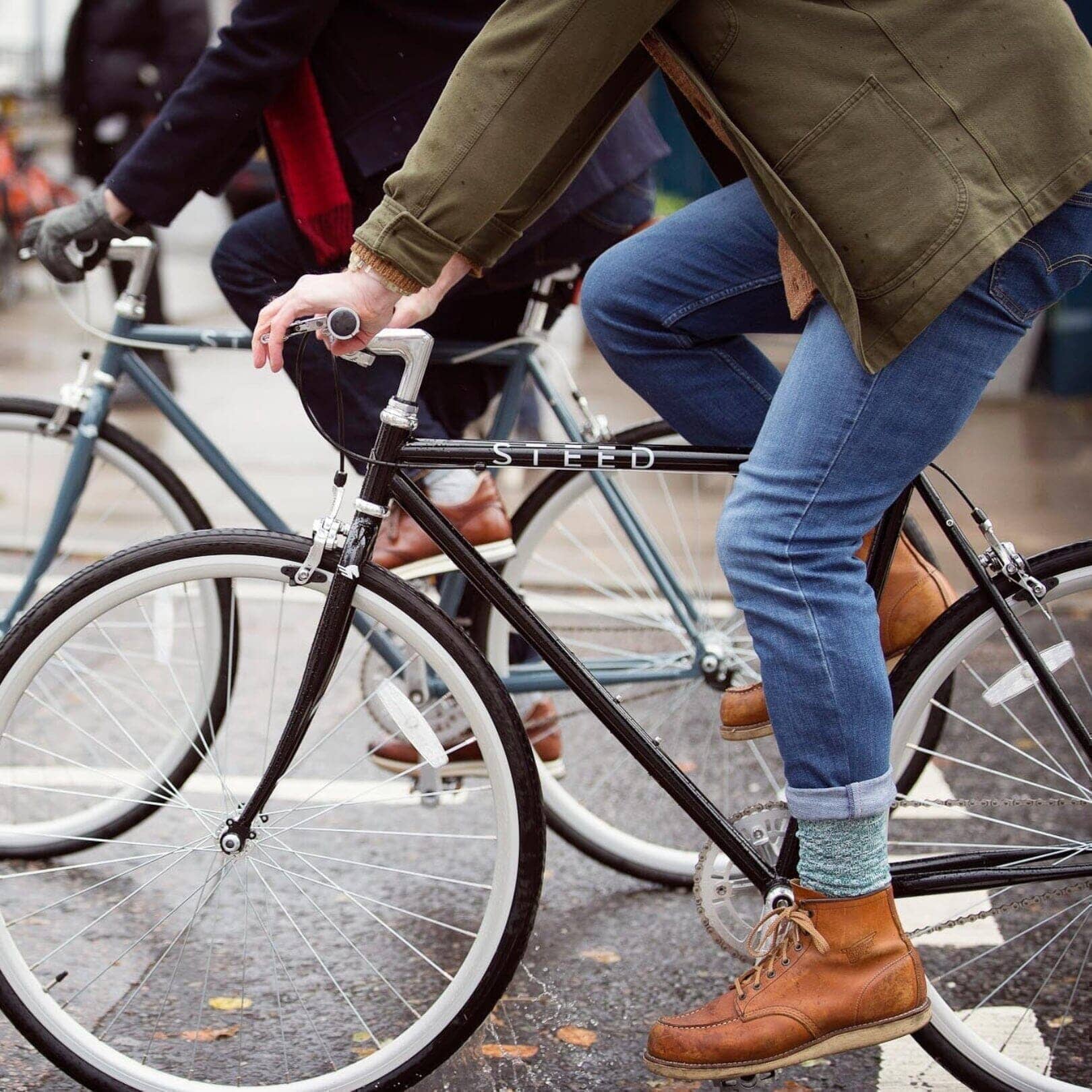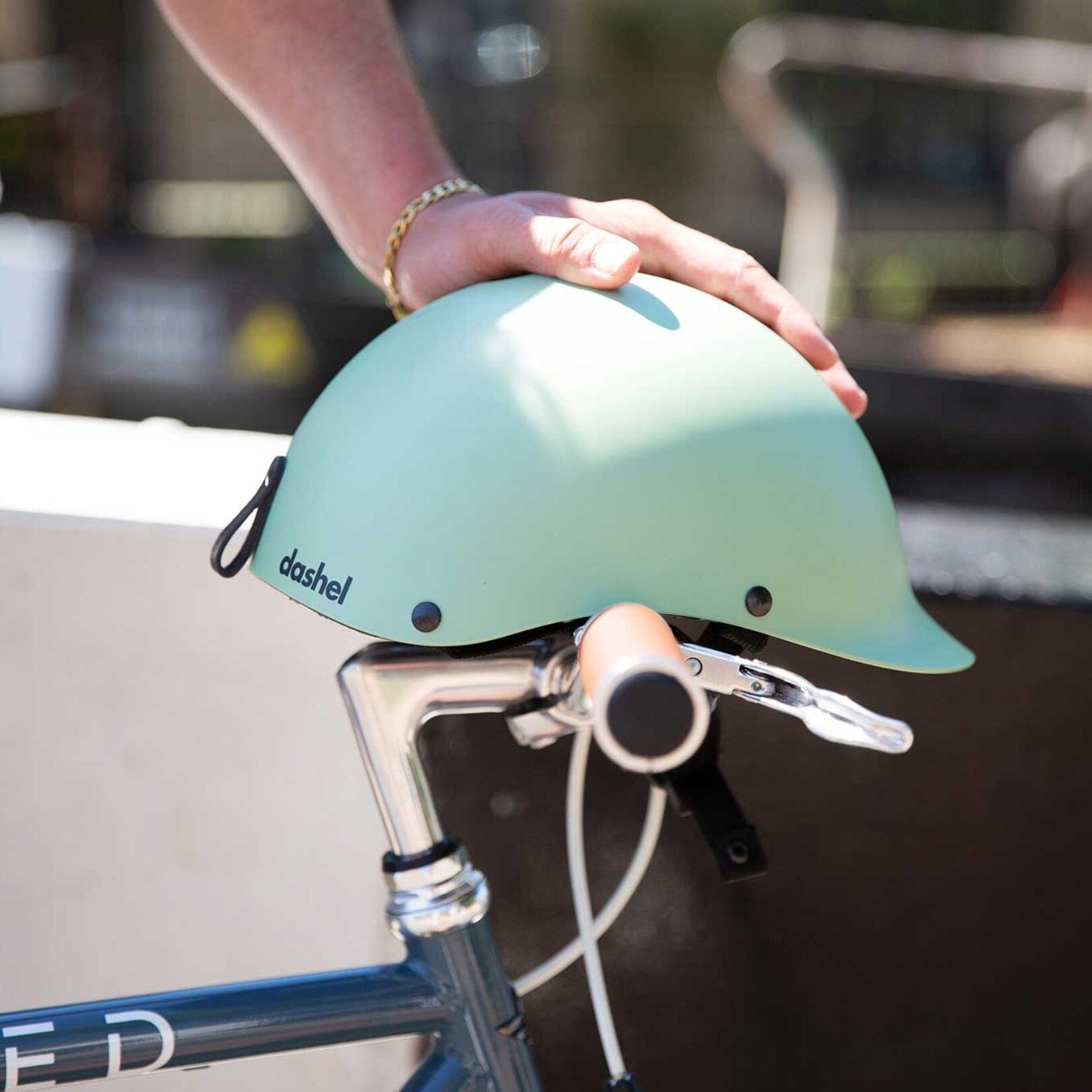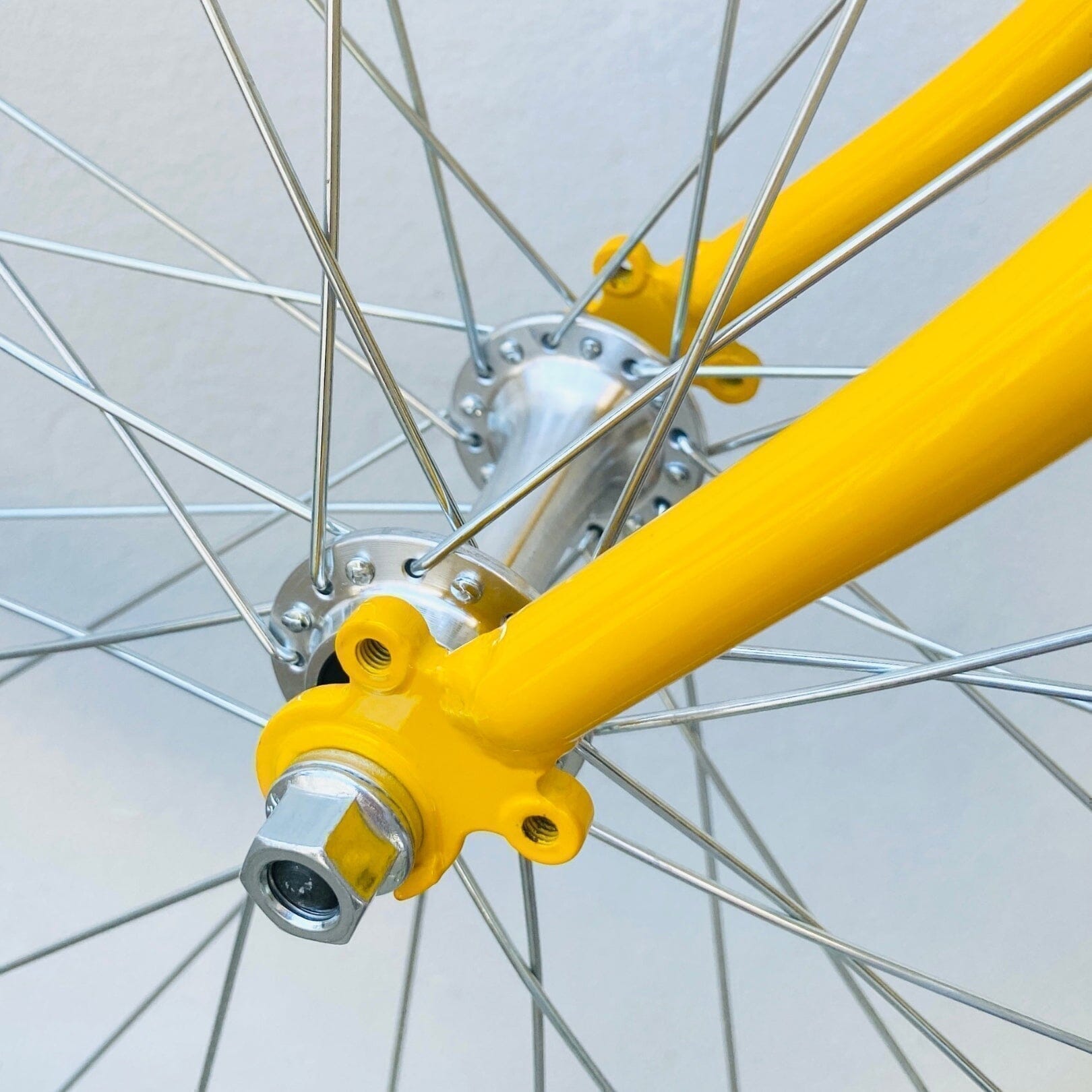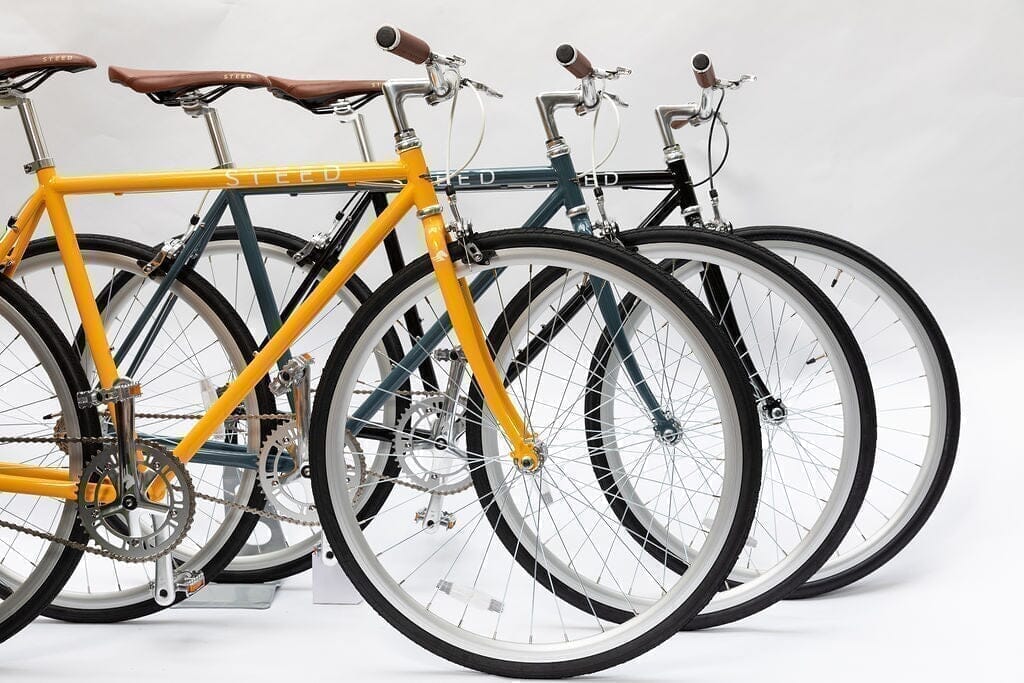Bicycle mudguards - Types to chose and why to use them
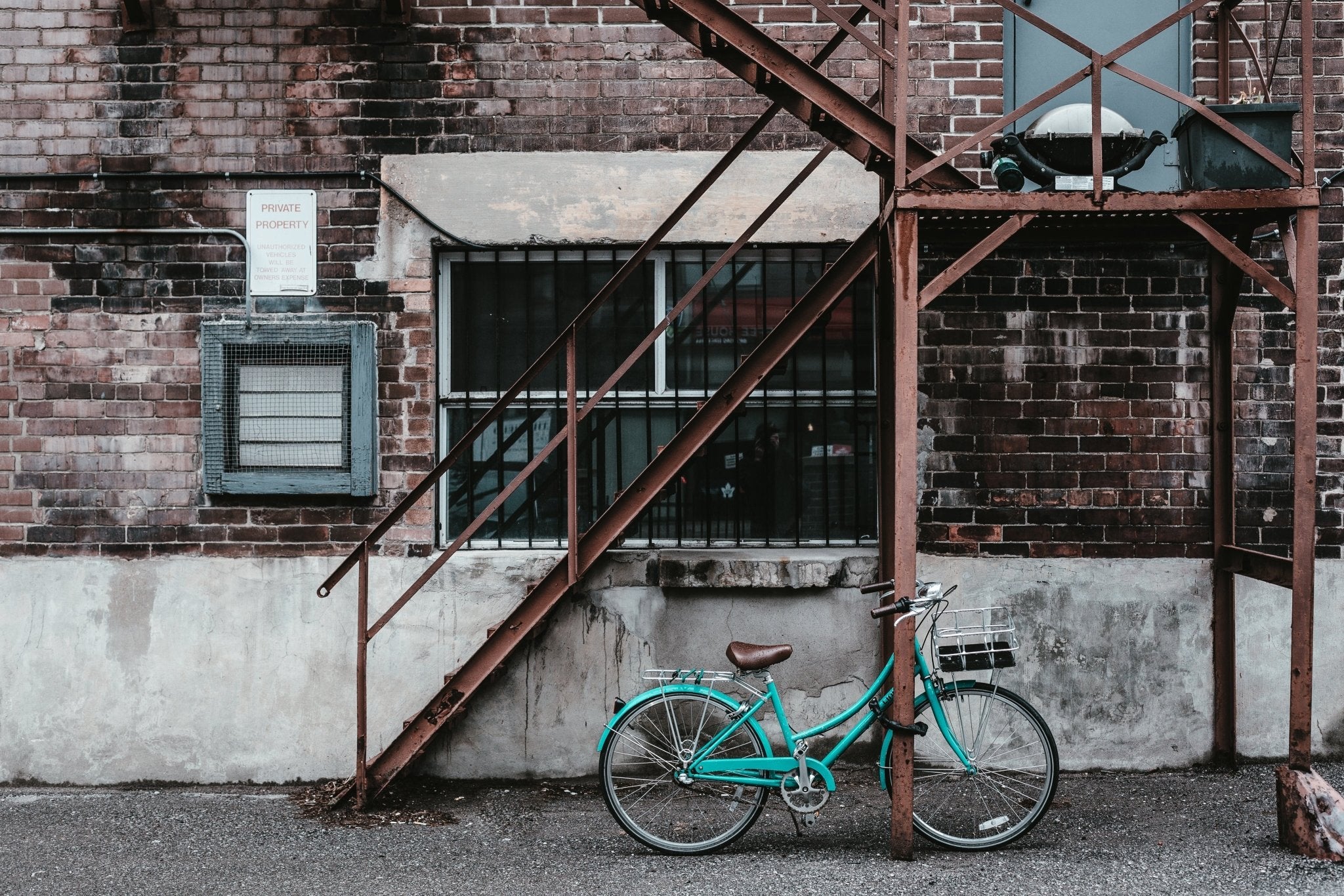
Mud, water, sticks and stones are very unlikely to break your bones. But they definitely hamper your cycling experience. The best solution for rainy day bike riding? Bicycle mudguards.

Types of bicycle mudguards
Mudguards for bicycles come in three main varieties.
Full fenders
Full fenders (AKA full mudguards) are made from stainless steel. They are long, v-shaped and attach to your bicycle frame with eyelets.
These mudguards cover a good proportion of your wheels and, as a result, provide the very best protection for you as you ride.
Removable rear mudguards
If your bike frame doesn’t have eyelets, you can opt for a removable or clip-on rear mudguard.
These tend to be thinner than full fenders, and therefore don’t offer the same level of protection. However, they’re an easy and effective solution, and very light if speed is important to you.
Ass-saver / face-saver / mudder
Ass-saver, face-saver or mudder – whatever you want to call it, this type of mudguard is the simplest option of the lot.
Basically a bendy piece of plastic that you can easily clip on to the front or back of your bike, it doesn’t offer the greatest level of protection. But – in its defence – it’s a light and super cheap mudguard option.

Can fenders be fitted on all bicycles?
Not all bikes can be fitted with full fenders as they don't have the necessary eyelets in their frames for the fenders to fit to. However all bikes can be fitted with some kind of fender/mudguard. Those that clip on or are fixed below the saddle can be fitted to any bike.
How to install mudguards on bicycles
The way you install a mudguard on a bicycle depends upon the type of mudguard you’ve chosen.
Full fenders
To fit full fenders, pick the right fender for your tyre width and wheel size.
Also ensure you have enough clearance between the wheel and the frame so that your mudguard can fit between the two.
One last requirement? Eyelets. These holes on your bicycle frame are the points at which you’ll securely bolt your fender to your bike.
To fit your fenders, you’ll probably have to remove your bicycle tyres.
Once you’ve bolted the fender into place and reattached your tyre, you may have to adjust the stays to ensure your tyre still turns smoothly.
All Steed Bikes come with eyelets as standard. View our range to find your perfect ride.

Removable rear mudguards
You can attach these bicycle mudguards to the back of your bike with the clips, straps or extra strong rubber bands provided.
Ass-saver / face-saver / mudder
With this type of mudguard, you simply click it onto the front or back of your bike frame, either underneath the saddle or handlebars.
Reasons to use bicycle mudguards
Protect the rider
When you ride in bad weather, the wheels of your bike throw up all manner of water spray and debris. This stuff either flies into your face or right up your back. Not ideal.
A mudguard protects you from all that water and grime, which means you can enjoy a drier, warmer and cleaner ride. And you don’t have to spend time scrubbing stains out of your favourite jacket.
Protect the bike from dirt
Mudguards help to keep some of your bike components from becoming dirty and clogged. Whilst you should always clean your bike after a particularly wet or muddy ride, bicycle mudguards do make the process a little easier.

Protect the rider behind
Show a little concern for the guy riding behind you. In wet weather, a mudguard will prevent your back wheel from throwing a load of spray up into their face.
Improve safety
When you’re approaching a busy city roundabout or navigating a tricky junction, you want to maintain crystal clear vision. A mudguard prevents water and grit flying up onto your face or glasses – which means you get to see clearly whatever the weather.
Combat demotivation
Living in the UK, the sunshine is never guaranteed. So if you don’t like the idea of riding your bike in wet conditions, it’s going to sit unused for a large part of the year.
Weather-proof your bike with the help of a mudguard, however, and you may give your motivation a boost. You can ride more often, and stay out for longer, knowing that you’re as warm, clean and dry as possible.
Want a bike built for city cycling? Then take a look at the Steed Bikes range. All of our bikes come with eyelets (so you have your pick of fenders) and a lifetime guarantee.

FAQS
How to choose a fender for your bike?
When choosing a fender for your bike, you need to weigh up the following:
- Wheel size, tyre width and bike frame clearance
- Your budget
- The level of protection you want
- How much speed matters to you
- Whether your bike has eyelets or not
The cheapest, lightest but least protective option is an ass-saver. But if your bike has eyelets, you’re willing to sacrifice speed, and you’re prepared to pay for the best, then a full fender offers the best protection.
Which fender should you choose for your city bike?
When you’re riding your bike around the city, you probably want to get from a to b as comfortably – and cleanly – as possible.
To ensure maximum protection from spray and dirt on the road, a full fender is the best option for your city bike.
Have more questions? Check out our FAQ page or contact us to chat to one of our friendly knowledgeable team
0 comments


